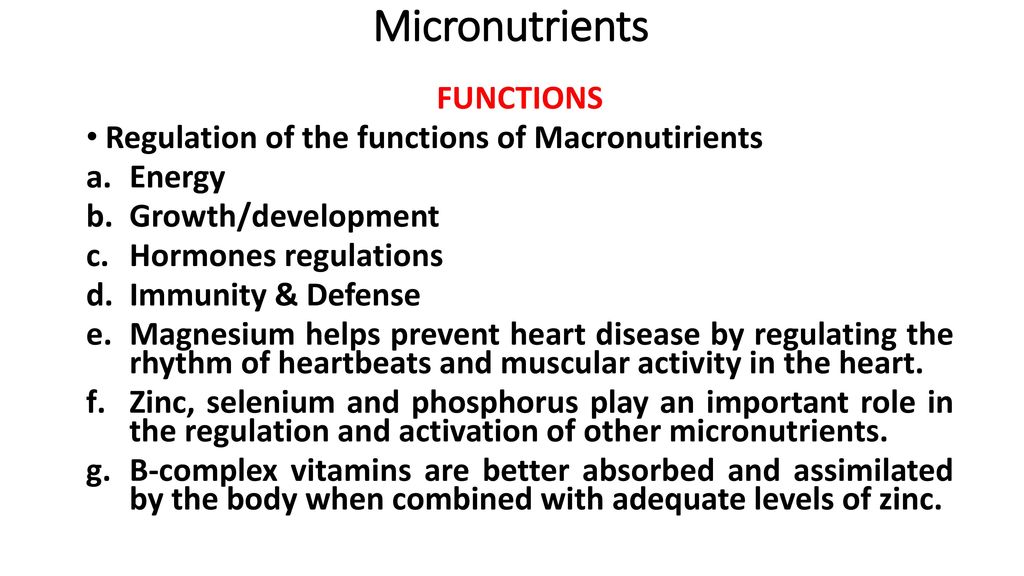
Health and Lifestyles provides a representative sample of British citizens. Its purpose is to discover the health status of the people, their diet and exercise habits. The survey was conducted between May and June 2009, and its findings are widely reported. The data are used to determine the most effective health-care programs. A large proportion of the population, about half of whom are aged over 40, took part in the study. There are many benefits of participating in Health and Lifestyles.
It is the largest-scale study to date of British health and lifestyles. The findings of the survey examine the factors that affect a person's lifestyle, including physical fitness, psychological status, life circumstances, and health-related behaviour. This study uses the social and emotional contexts of the individual to determine patterns of health-related behaviour and provides important insights into what factors impact lifestyles and health. It is also useful in helping researchers to understand the causes and possible solutions for many common diseases.

Health and lifestyles researchers struggle with two major problems. First, the ability to measure community health behavior. The second is that the analytical methods used are not up to date with theoretical developments. Although some studies use cluster analysis and factor analysis, many fail to test causal hypotheses. They are nonetheless more thorough than most studies. A more detailed understanding of the relationship between health and lifestyles can help policymakers improve policies and promote healthy living.
The differences in lifestyles and health research focuses on these groups. The study found that children from the "safety problems" class had significantly lower behavior scores than children who were classified in the "consistently positive" class. A hypothetical child in the "safety issues" class was at or above the sample mean on all outcomes. The results showed that individuals from lower socioeconomic classes and those with higher social status lead healthier lives than the rest.
Many studies have shown that the relationship between healthy living and psychosomatic symptoms is different depending on where you live. The more healthy a person lives, the lower their symptoms are. When they lead a healthy lifestyle, for example, the symptoms of boys in Greece and Ireland were less severe. These findings are essential for determining how to improve children's lives. The study also points to the importance of maintaining a balanced lifestyle in terms of nutrition and exercise.

It is difficult to understand the relationship between psychosomatic symptoms, healthy living habits, and healthy mental health. It can vary by country and gender. The score for a healthy lifestyle is generally higher than the symptoms. Additionally, the association between a healthy lifestyle with psychosomatic symptoms seems strongest in boys who have lived in countries with healthier lifestyles. The findings vary from one place to the next. This study indicates the importance of physical activity for the quality of life in the long term.
FAQ
What is a good 7-day workout schedule?
A seven-day program should include three days of cardio training (running, biking and swimming), two strength exercise (using free weights or weight machines) and one flexibility/core work out (yoga, Pilates). Each activity should be done at least once per week. Each session should not take more than 45 mins.
Cardiovascular Exercise: Running, Biking, Swimming
Aim to do at least 60 minutes per week of cardio. You can aim for 75 minutes a week for best results. Cardio exercises can be used to increase blood flow, stimulate muscle growth, and improve blood circulation.
Strength Training
Cardio exercises target your heart and lungs. Strengthening your muscles and bones is the opposite. Strength training helps you burn calories even while resting.
Flexibility & Core Workouts
You can strengthen your entire body by strengthening flexibility and core exercises. Yoga and Pilates are both excellent choices.
Do weightlifting burn fat faster?
Weight lifting does burn fat faster, but only if you combine it with cardio workouts.
Cardio workouts are a great way to increase the weightlifting benefits.
If done correctly, weightlifting can increase your heart rate and oxygen intake which in turn helps you lose weight.
If you don't mix it with cardio, your body won't notice significant changes.
Is Cardio Better Than Strength Training?
Both are equally excellent. However, cardio is more effective if you're looking to bulk up faster.
Cardio burns a lot more calories per minute that strength training and is more effective at burning fat.
Strength training is a great way to build muscle mass. However, it takes more effort than cardio.
What kind of food should I avoid when trying to lose weight?
Avoid foods that contain trans fats. Trans fats raise LDL (the bad) cholesterol levels and reduce HDL (the good) cholesterol levels.
Trans fats are commonly found in fast food, deep-fried and packaged baked goods as well snack cakes and other processed foods.
These unhealthy fats are also known to cause inflammation and lead to heart disease as well as diabetes.
Avoid foods containing artificial sweeteners. Artificial sweeteners are linked to an increased risk of cancer.
They are found in everything, from soft drinks to chewing tobacco to candy bars. These chemicals are also found in meat, poultry, eggs, and other foods.
Artificial sweeteners include saccharin, cyclamate, sorbitol, aspartame, acesulfame-K, and sucralose.
The American Heart Association suggests that you avoid these chemicals as they can cause DNA damage in your cells.
What is the best exercise routine to build muscle?
You need to perform two types of exercises when building muscle mass. These are isolation exercises and compound moves. While isolating exercises target specific muscles, compound movements are designed to focus on multiple muscle groups at once.
Choose exercises that test all your major muscle groups to improve your workouts. This ensures that your sessions are challenging and you are always working hard.
MyFitnessPal, an app that tracks your actions, can be used to help you keep track. It can track everything from calories burnt to weight lifting. You can also create customized meal plans based upon your goals.
Statistics
- By John Thompson Take a whopping 38% off a set of PowerBlock Pros. (menshealth.com)
- An estimated calorie range for moderately active adult males falls between 2,200 to 2,800 calories per day, depending on age. (eatright.org)
- Are You One of the 20% of Guys (mh.co.za)
- According to the American Heart Association, blood pressure should be checked at least once every two years, beginning at age 20. (my.clevelandclinic.org)
- Candidates and applicants must pass all four tests at 70% (minimum level) to graduate from Basic Deputy U.S. Marshal (BDUSM) Training. (usmarshals.gov)
External Links
How To
How does a man become fit in just 30 days?
Breaking down your fitness goals into manageable steps is the best way to reach your goals.
This is why you should make sure that you're working toward your goal every day. This could be anything from running 3km to doing 10 pushups in 5 minutes.
Positive results will be achieved if you do this consistently over time.
You must be consistent. Keep at it until success!
What is the difference between Aerobic Fitness (or Anaerobic Fitness)?
Anaerobic fitness is the ability to do intense physical work without oxygen. Anaerobic pathways can be used to supply enough energy during high-intensity exercise. Anaerobic pathways are glycolysis, creatinephosphate and the phosphagen.
Cardio fitness is, in contrast to aerobic fitness, the practice of sustaining low-intensity exercise. The primary source of energy for aerobic exercise is oxygen. In other words, aerobic pathways provide more energy than anaerobic.
If you are looking to run a full marathon, then you have to increase your aerobic ability. If you only focus on building up your anaerobic capacity, you won't be able to finish the race.
Aerobic fitness is also referred to as cardiovascular fitness. The two most commonly used methods of measuring cardiovascular fitness, are VO2 Max testing and step tests.
Tests for VO2 Max
The body's maximum oxygen consumption during exercise is called the VO2 Max. This test measures the amount O2 that the body can use when exercising.
This test measures cardiovascular fitness in a way that is most accurate. The test is difficult to administer because it requires expensive equipment.
Step Tests
Step tests are a simple but effective way to measure cardiovascular fitness. They involve walking or jogging on a treadmill or track for a certain duration based on your age and weight.
These tests are inexpensive, easy to conduct, and can be done almost anywhere. For example, you could walk on a treadmill 20 minutes and then stop. You should maintain a constant heart rate throughout the session.
This is the "Bruce Protocol". Bruce, himself a runner developed this protocol when he realized his heart rate didn't rise when he ran long distances.